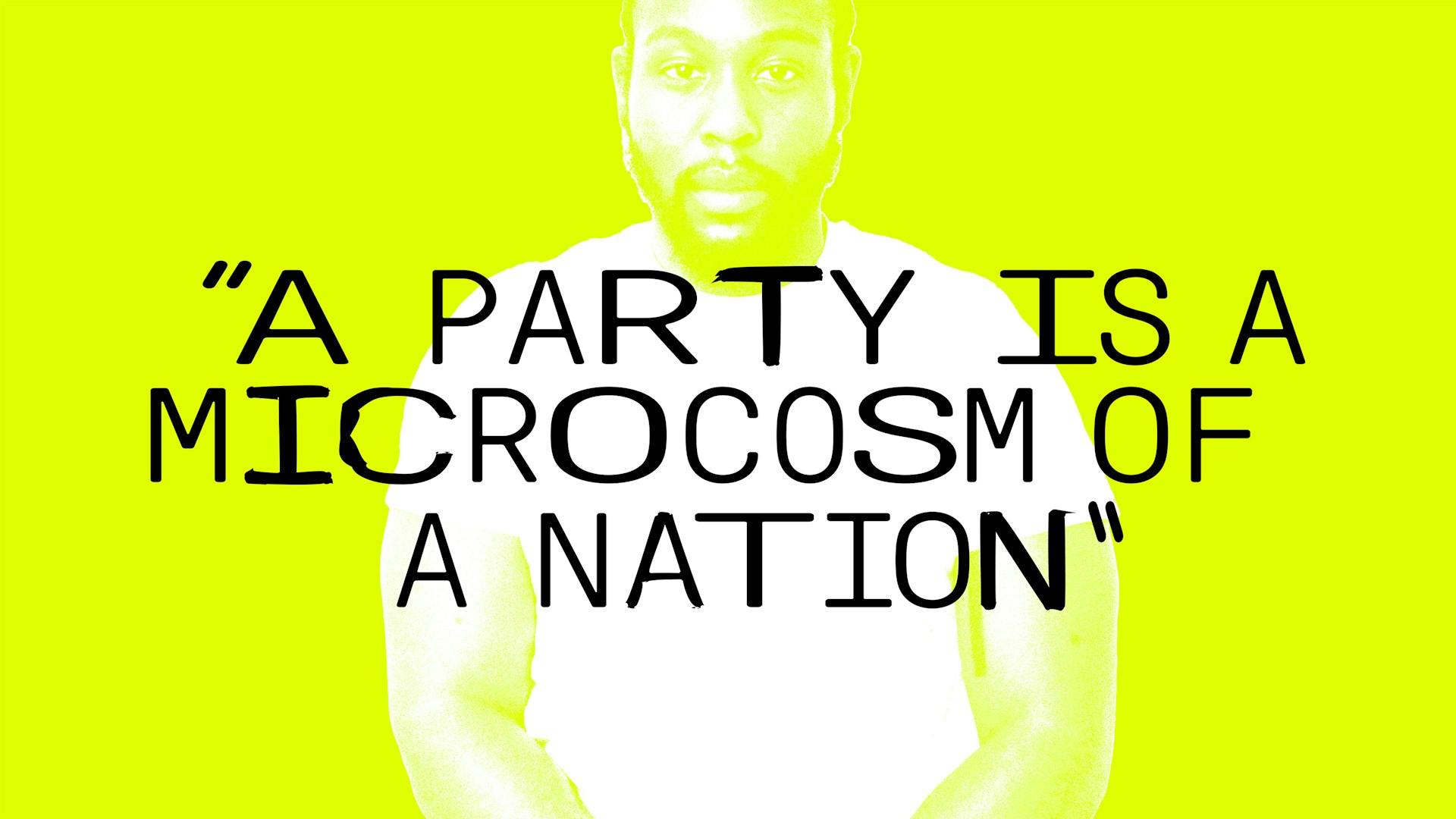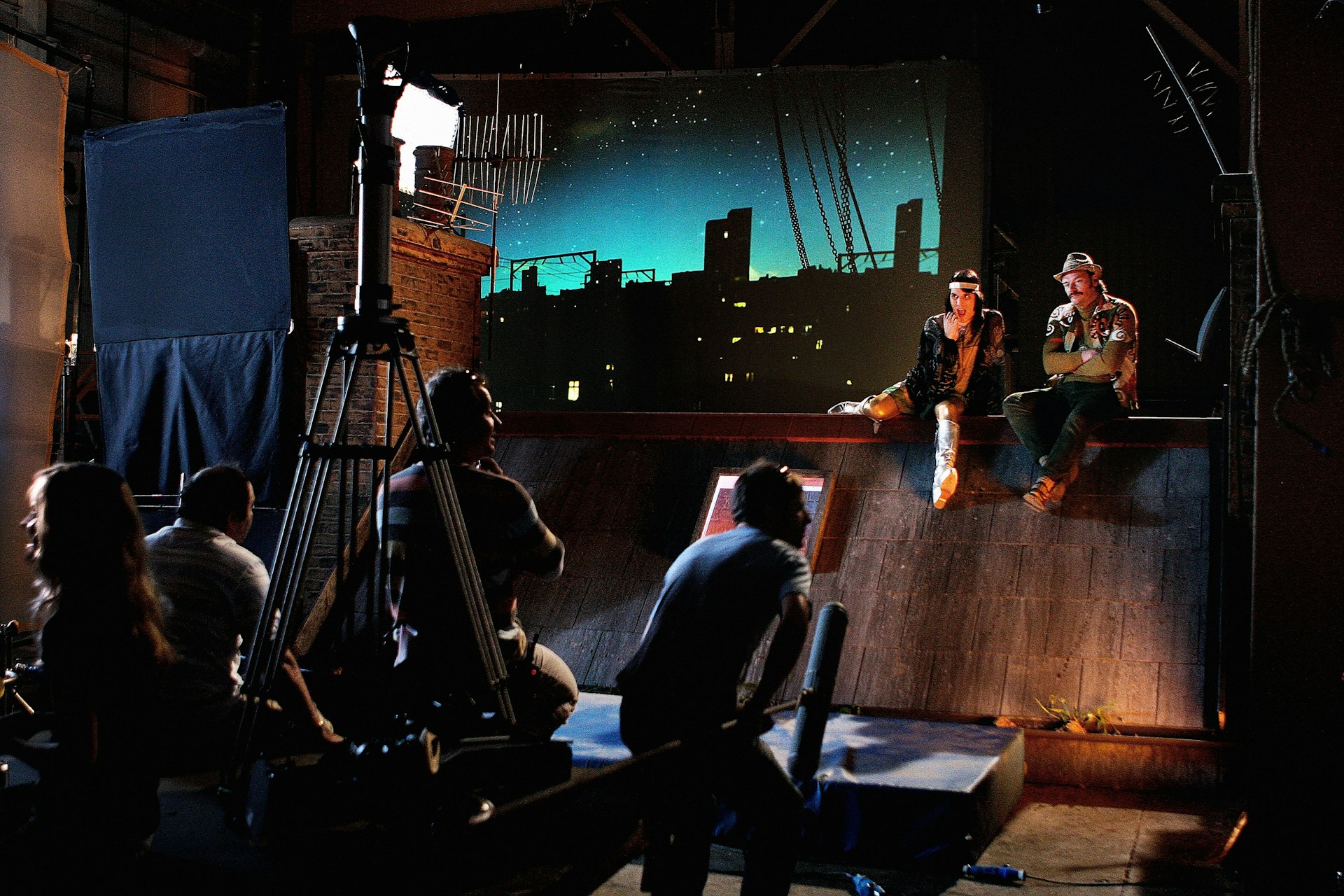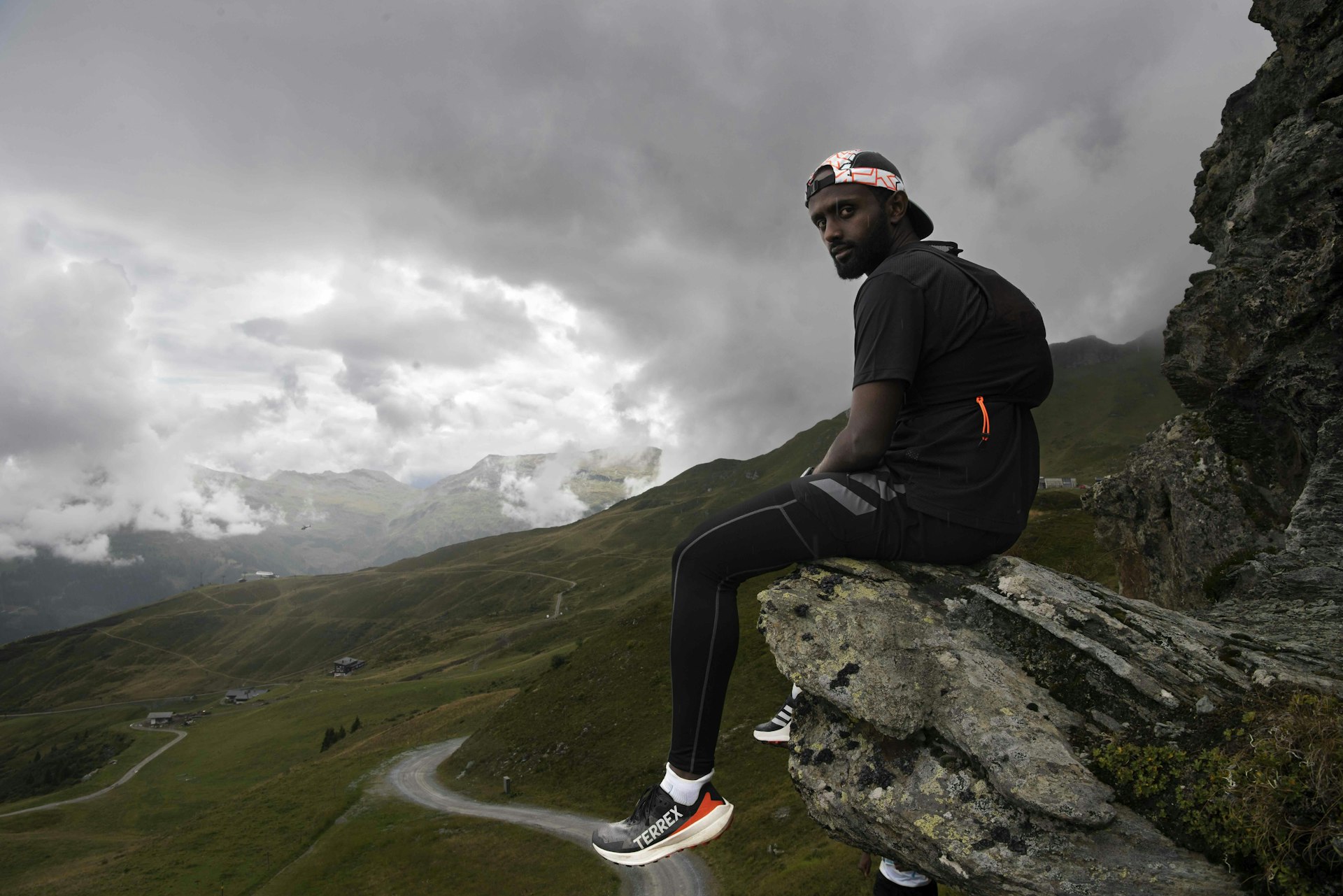Footwork Japan: Dance battling in the Land of the Rising Sun
- Text by Furutono Koichi aka DJ Fulltono
- Photography by Bartosz Hołoszkiewicz

I may be a DJ born and bred in Japan, but I’ve been following Chicago House for almost twenty years – since the pre-Juke era of Ghetto House, which was born in the projects of Chicago’s West Side. Rougher and tougher than old-school House, Ghetto House music had a unique, almost freaky sound. Over the decades, Ghetto House gave rise to Juke and Footwork, two dance music sub-genres that have flourished below the radar in a still-underground scene.
The roots of Juke trace back to 1997, when Chicago’s DJ Puncho released the now seminal track ‘Juke It’. Fifteen years on, Juke and later Footwork have broken out of the Ghetto House shell and became new styles all of their own.
But what is Juke? Tunes typically boast a BPM (Beats Per Minute) of 160. Regular House music is 120-135 BPM, so it’s considerably faster, for one. But it’s not just fast. Unlike regular dance music, Juke’s changing tones, complex polyrhythm and other audio tricks are woven together in a way that has shifted dance music at its very core.
Footwork, meanwhile, takes that frenetic energy to a whole new level. It’s so experimental, in terms of rhythm and structure, that most people find it hard to dance to. Enter Footworking – an intense, ultra-fast style of dance pioneered by small groups of kids who would gather for dance battles in the community centres, deserted warehouses and corner spots of Chicago’s South and West Side. Until recently, the Footworking scene was barely known outside of Chicago, but thanks to videos on YouTube it soon spread around the world.

By Bartosz Hołoszkiewicz.
I heard my first Footwork beat in 2009, courtesy of DJ Rashad’s ‘Jukeworkz’ EP. Around the same time, Traxman released a ten-minute DJ mix on MySpace. Both had a revolutionary sound – as if they were shaking up the entire history of Chicago House and Ghetto House. It was a totally new world, one that I had never experienced before. At first the musical evolution was too much for me to grasp, but it was clear something new had emerged. I soon tried sharing my experience with Japanese DJs and listeners: by starting a blog, DJing and practicing Footworking by imitating the movements I saw online (some of my efforts were more successful than others).
Nowadays in Japan, especially in Tokyo, Juke and Footwork is played in clubs and draws the attention of all kinds of music fans. The scene seems to be evolving at a startling pace. The number of Juke producers increases each year, and a variety of new tracks that adopt a Juke sensibility are often played. The new producers hail from diverse backgrounds: some come from hip hop, some from UK Drum ‘n’ Bass, some from Electronica, while others are young kids with no prior interest in music. They all meet in the same field, draw on each other’s influences and create new sounds. That’s what happens in the Japanese scene, and what makes it different from the rest of the world.

By Bartosz Hołoszkiewicz.
The Japanese scene isn’t just about the music – we’ve adopted Footwork on the dance floor, too. We practice on the streets, and I’ve heard some dance schools have started Footworking courses taught by professional dancers. Of course, our style is still far from the original Chicago Footworking. But by dancing, we can feel that Juke and Footwork is not simply music for the ears – it’s for the whole body. And that, little by little, is starting to soak in.
We often practice Footworking while watching YouTube videos from Chicago. One time, a Japanese group uploaded a recording of themselves rehearsing to YouTube that was eventually seen by the Chicago crew Tribe National, who responded with a ‘how-to’ instruction video especially for the Japanese fans. They even played one of my tunes! Tribe National want their Chicago culture to be recognised worldwide, and we, the Japanese fans, are also hoping the seeds of that dream blossom over time.

By Bartosz Hołoszkiewicz.
You may wonder why I, a Japanese man, am so into all things Chicago. Even I wonder, is it because we romanticise a culture that feels so far removed from our own? I admit that’s one part of it. But to be honest, it’s the sound, the melody, the tone, the rhythm, the style – it’s everything. Well, not just the music, but the lifestyle too, and everything that it’s created. In a sense, you could say I’m addicted. To me, there’s no substitute for Chicago.
Beyond this, I don’t want Juke in Japan to be some short-lived craze. As a DJ, I feel we’re responsible for establishing a definitive Japan Juke style and have to keep getting it out into the world. Not just imitations, but original Japan Juke tunes.
As far as creating music is concerned, what does ‘original’ really mean? To me, it’s not necessarily something no one else has done, but rather the result of having focussed on one thing, single-mindedly, purely because you love it. That’s what I admire the most about the Chicago Juke producers, not to mention the music and their approach/attitude. They just keep creating their music, everyday, as naturally as breathing.

By Bartosz Hołoszkiewicz.
With thanks to Paweł ‘Paide’ Dunajko, Ishibashi Idzumi, Furutono Koichi, Nakano Kaoru, Igarashi Taiki and Masuda Tatsuya.
Enjoyed this article? Like Huck on Facebook or follow us on Twitter.
Latest on Huck

Three decades behind the scenes of the music industry
Eddie Otchere’s ‘Spirit Behind the Lens’ is a story of music and culture that crosses and transcends borders.
Written by: Isaac Muk

Barry Keoghan, Franz Rogowski and Andrea Arnold on ‘Bird’
The new issue of Little White Lies brings Andrea Arnold’s sixth feature to life with a thematic voyage down the Thames estuary.
Written by: Maisy Hunter

“A party is a microcosm of a nation”: Caleb Femi on the decline of the house party
To celebrate the publication of his new collection ‘The Wickedest’, Isaac Muk caught up with Femi to talk more about the work, the future of the shoobs, and discuss why having it large on a Saturday night should be cherished.
Written by: Isaac Muk

Celebrating 20 years of The Mighty Boosh
A new exhibition takes a look behind the scenes of the iconic show two decades after its BBC3 premiere.
Written by: Isaac Muk

We Run Mountains: Black Trail Runners tackle Infinite Trails
Soaking up the altitude and adrenaline at Europe’s flagship trail running event, high in the Austrian Alps, with three rising British runners of colour.
Written by: Phil Young

The organisation levelling the playing field in the music industry
Founded in 2022, The Name Game is committed to helping female, non-binary and trans people navigate the industry.
Written by: Djené Kaba